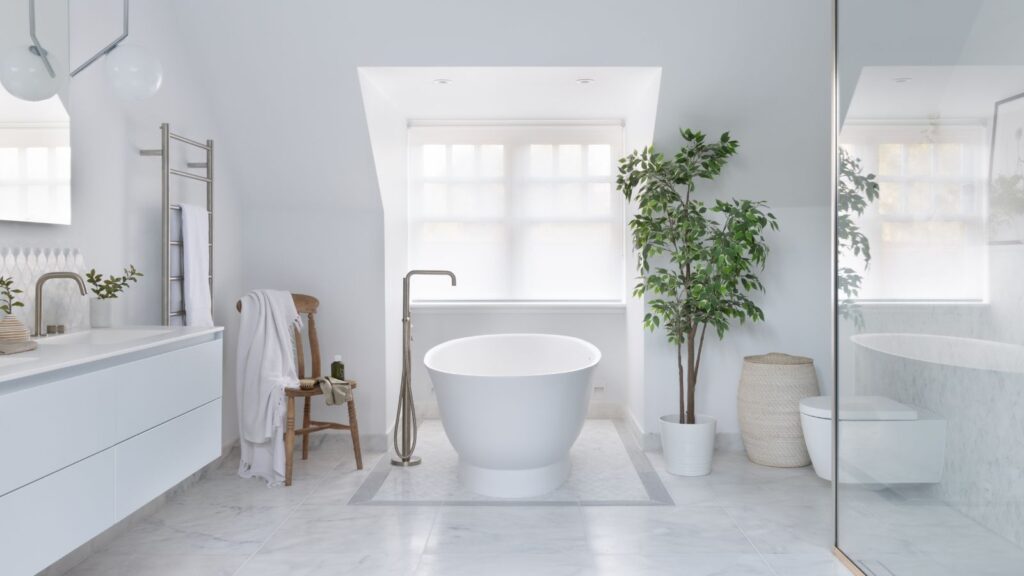
Installing Aerators in Bathroom: A Guide to Efficiency
Installing aerators in bathroom fixtures is an excellent way to enhance water efficiency and promote sustainability in your home. These simple devices can make a significant difference in reducing water usage without compromising the performance of your faucets. In this guide, we will explore everything you need to know about aerators, from their benefits to the step-by-step installation process.

What Are Aerators?
Aerators are small attachments that fit onto the end of a faucet. They mix air with the water flow, which helps reduce the volume of water coming out without affecting the pressure. This means you use less water while maintaining the same level of functionality, resulting in water conservation and potential cost savings on your water bill.
Types of Aerators
There are several types of aerators available, including:
- Standard Aerators: Suitable for most bathroom sinks, providing a regular flow of water.
- Laminar Flow Aerators: Offer a clear, non-splashing stream, ideal for healthcare settings.
- Spray Aerators: Provide a wide spray pattern, useful for rinsing larger areas.
Benefits of Installing Aerators
Installing aerators in your bathroom offers numerous benefits:
- Water Conservation: Aerators can reduce water usage by up to 30%, helping to conserve this precious resource.
- Cost Savings: By using less water, you can see a decrease in your water bills over time.
- Environmental Impact: Reduced water consumption means less strain on local water supplies and a lower carbon footprint.
- Improved Performance: Aerators maintain good water pressure, ensuring that your bathroom fixtures work efficiently.
How to Choose the Right Aerator
When selecting an aerator for your bathroom, consider the following factors:
- Compatibility: Ensure the aerator fits your faucet’s size and threading.
- Flow Rate: Choose an aerator with a flow rate that meets your needs, typically measured in gallons per minute (GPM).
- Design: Select a style that complements your bathroom’s aesthetic.
Step-by-Step Installation Guide
Tools You Will Need
Before you begin, gather the following tools:
- Adjustable Wrench
- Plumber’s Tape
- Cleaning Cloth
Installation Steps
- Turn Off the Water: Begin by turning off the water supply to the faucet to prevent any leaks during installation.
- Remove the Old Aerator: Use the adjustable wrench to unscrew the existing aerator from the faucet. If there is no aerator, skip this step.
- Clean the Faucet: Wipe the faucet threads with a cleaning cloth to remove any debris or mineral deposits.
- Wrap Plumber’s Tape: Apply plumber’s tape to the threads of the faucet to ensure a secure fit for the new aerator.
- Install the New Aerator: Screw the new aerator onto the faucet by hand. Use the wrench to tighten it gently, but avoid over-tightening.
- Test the Aerator: Turn the water supply back on and test the aerator to ensure it is working correctly and there are no leaks.
Maintenance Tips for Aerators
To keep your aerators functioning optimally, follow these maintenance tips:
- Regular Cleaning: Clean the aerator periodically by removing it and soaking it in vinegar to dissolve mineral deposits.
- Inspect for Damage: Check for any signs of wear or damage and replace the aerator if necessary.
- Monitor Water Flow: If you notice a decrease in water flow, it may be time to clean or replace the aerator.

FAQs About Aerators
What is the purpose of an aerator?
An aerator reduces water usage by mixing air with the water flow, maintaining pressure while conserving water.
Can I install an aerator myself?
Yes, installing an aerator is a simple DIY task that requires minimal tools and can be completed in a few minutes.
How often should I replace my aerator?
It’s recommended to replace your aerator every 1-2 years or as needed, depending on water quality and usage.
For more information on eco-friendly bathroom solutions, check out this sustainable bathroom design guide.
Enhancing your bathroom’s efficiency doesn’t have to stop at aerators. Consider exploring smart home solutions for even greater energy savings. Discover more at smart hubs for large homes, or learn about smart gardening tools to elevate your homes eco-friendliness.
This article contains affiliate links. We may earn a commission at no extra cost to you.